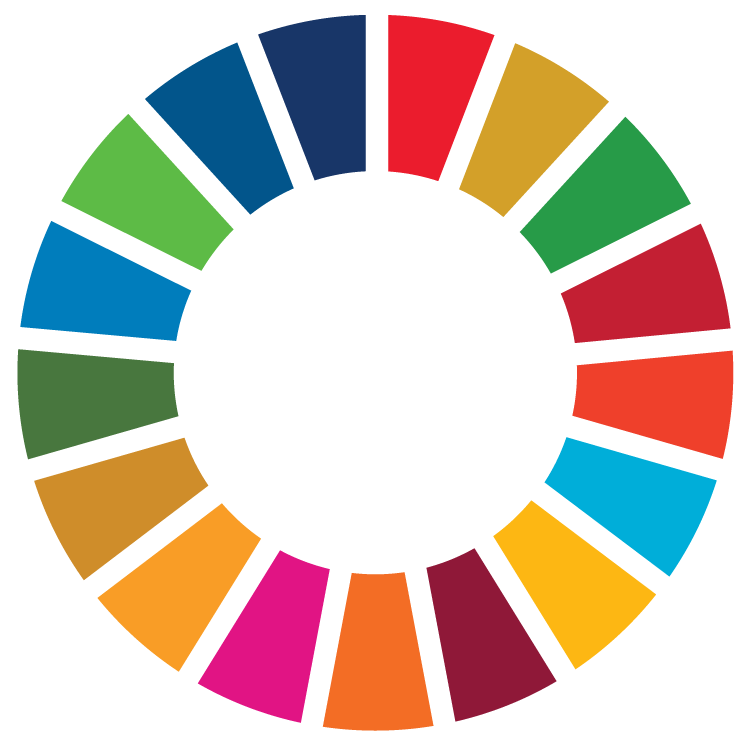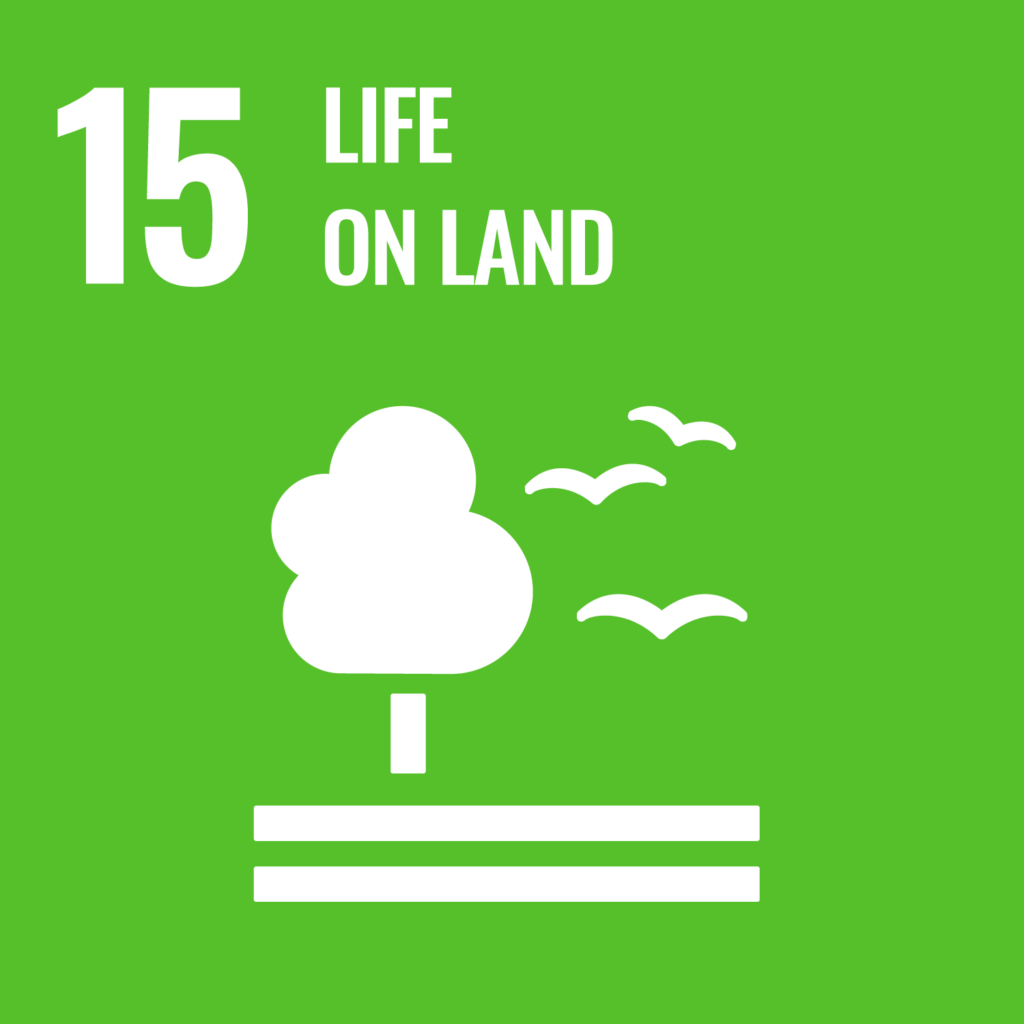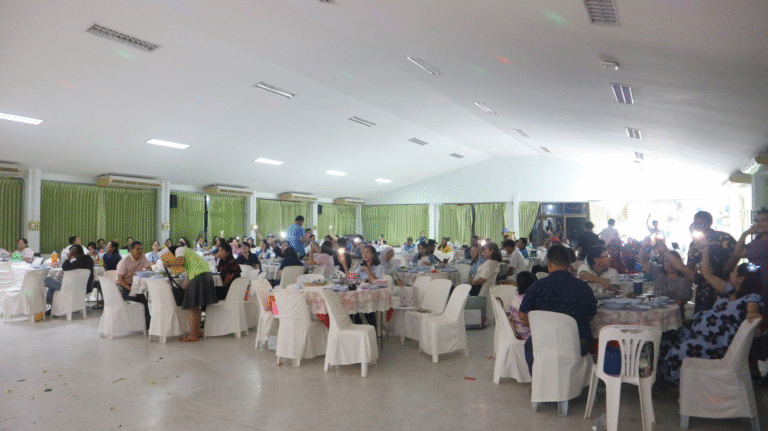Reporters: Asst.Prof.Dr. Prapot Maliwan
Assoc.Prof.Dr. Pornsil Seephueak
Asst.Prof.Dr. Nion Chirapongsathonkul
Asst.Prof.Dr. Worawitoo Meesook
Evidence Date: during 2024 Jan-Dec
Related Indicators: 15.3.2
Details:
Asst. Prof. Dr. Worawitoo Meesook from the Faculty of Science and Technology, Rajamangala University of Technology Srivijaya, led an educational outreach activity at Thachang Wittaya School in Natawee District, Songkhla Province. The program aimed to teach students how to behave safely and responsibly when encountering snakes, helping to reduce fear and prevent unnecessary killing of these ecologically important animals. Many human–snake conflicts arise from misunderstanding and fear, so the session focused on providing accurate information about snake behavior and safety procedures. Students were first introduced to the diversity of snake species in southern Thailand, learning to distinguish between venomous and non-venomous types. Visual aids and specimens helped them understand snake anatomy, movement, and ecological roles. The students were also taught that snakes are not naturally aggressive but tend to defend themselves only when threatened. By learning appropriate actions—such as staying calm, maintaining distance, and alerting adults or professionals—students gained confidence and understanding of coexistence with wildlife.
The educational session emphasized that snakes are an essential part of the ecosystem. They help control rodent populations, which can spread diseases and damage crops. Dr. Worawitoo explained that species such as the Indo-Chinese Rat Snake (Ptyas korros), listed as Near Threatened on the IUCN Red List, play a major role in maintaining ecological balance. Similarly, the King Cobra (Ophiophagus hannah), categorized as Vulnerable, is a top predator that regulates populations of other snakes, ensuring stability in the food chain. Losing these species could have cascading effects on biodiversity and agricultural productivity. Students were encouraged to think about how human activities—like habitat destruction, urban expansion, and road traffic—impact snake populations. Through these discussions, they realized that protecting snakes means protecting the overall health of ecosystems. The program also highlighted Thailand’s commitment to biodiversity conservation and the global efforts reflected in the IUCN Red List framework.
Hands-on learning activities were included to make the session more engaging. Students practiced safe observation techniques, such as using long sticks or maintaining a proper distance during field simulations. They also learned basic first-aid responses for snakebite victims and how to contact local authorities or rescue teams. These practical lessons were designed to prepare them for real-life encounters in rural areas where snake sightings are common. At the same time, students discussed how they could share this knowledge with their families and communities, turning education into community empowerment. Dr. Worawitoo emphasized that coexistence with snakes is possible when people respect their ecological importance and act with awareness rather than fear. This program not only enhanced students’ scientific understanding but also inspired them to become young ambassadors for sustainable ecology. By fostering compassion and responsibility toward wildlife, the project contributed to building a generation that values both human safety and environmental harmony. Ultimately, the activity at Thachang Wittaya School served as a meaningful example of how education can transform attitudes, reduce conflicts, and strengthen the connection between people and nature.
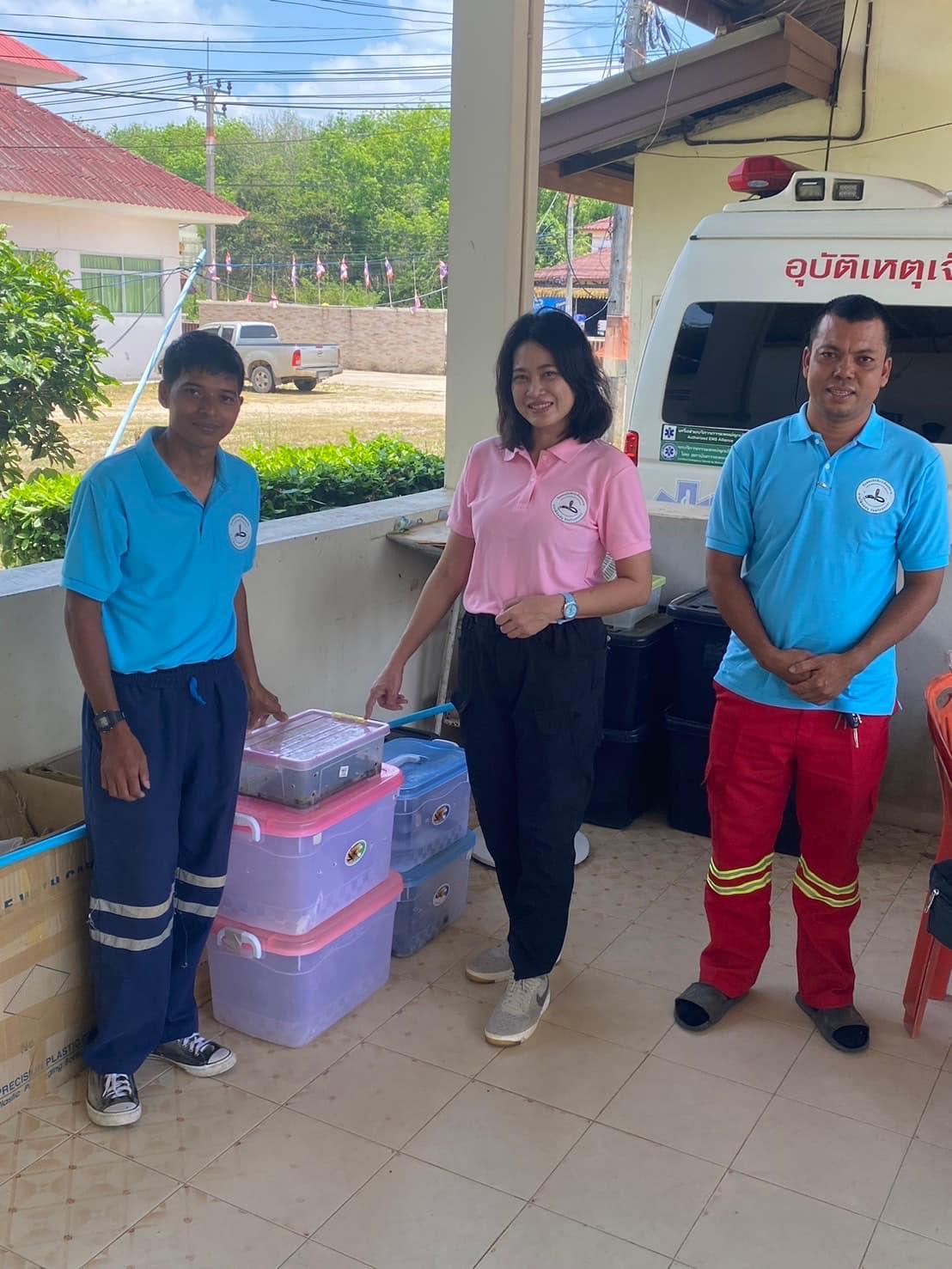
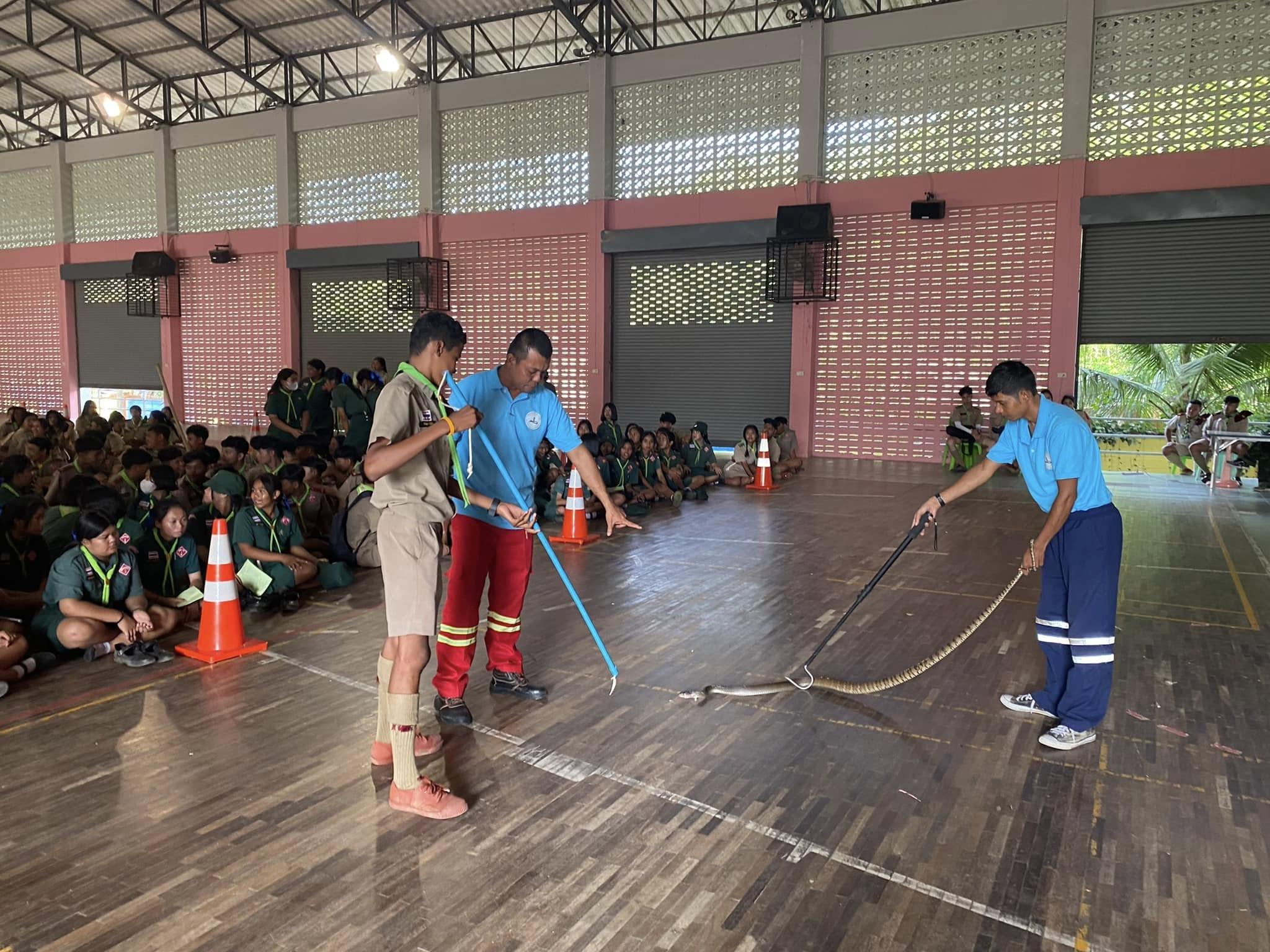
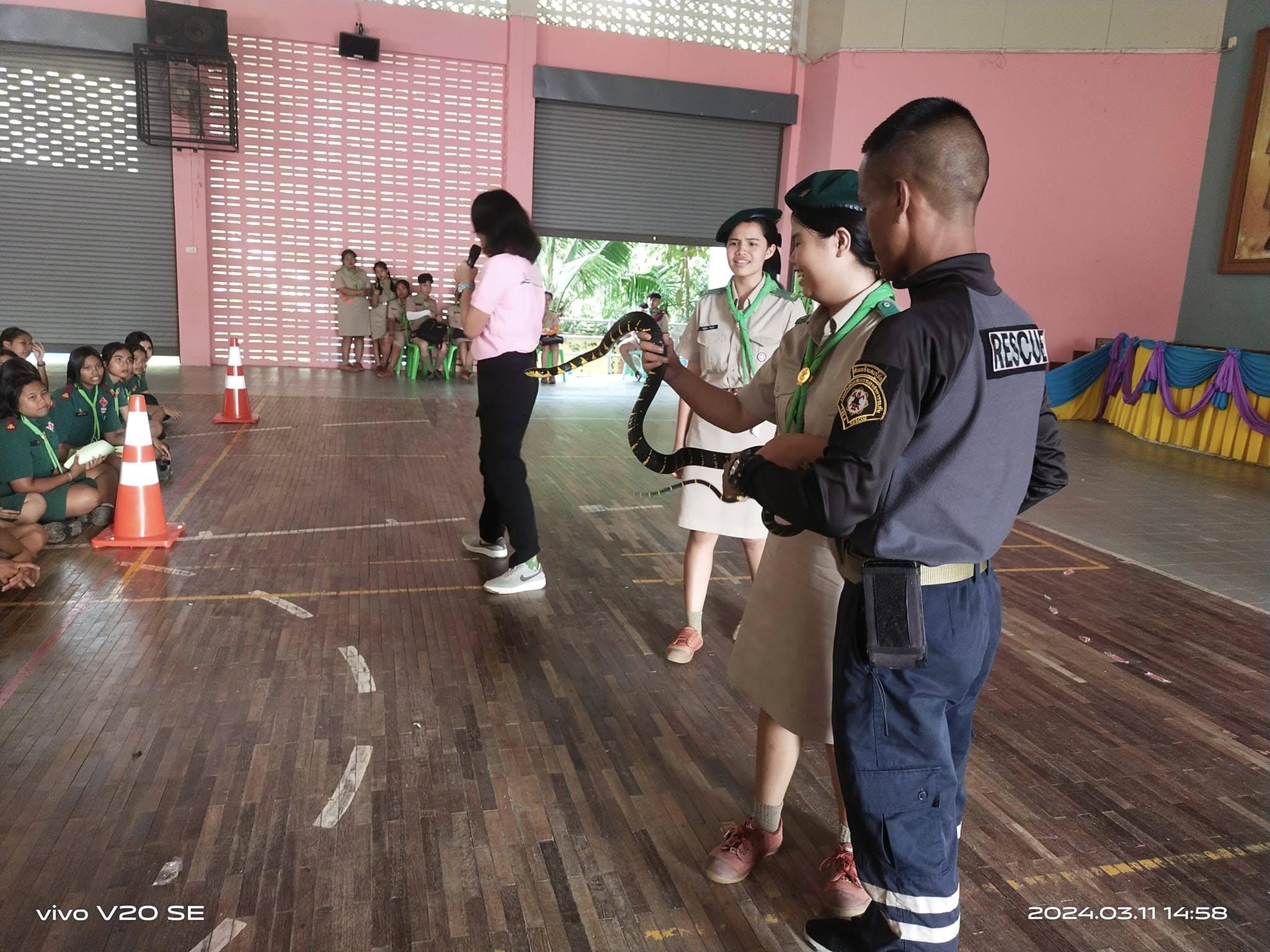
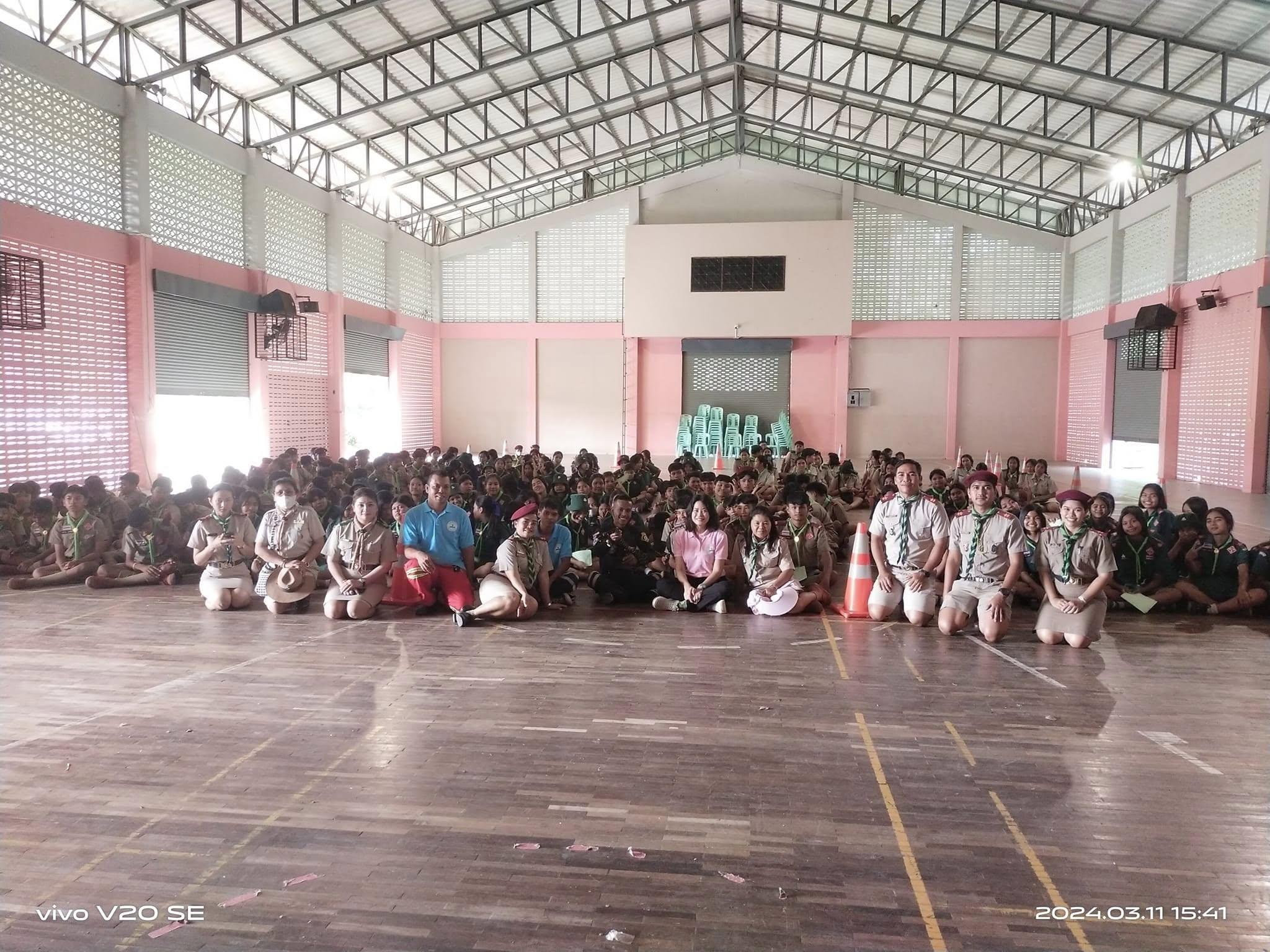
Related Links:
